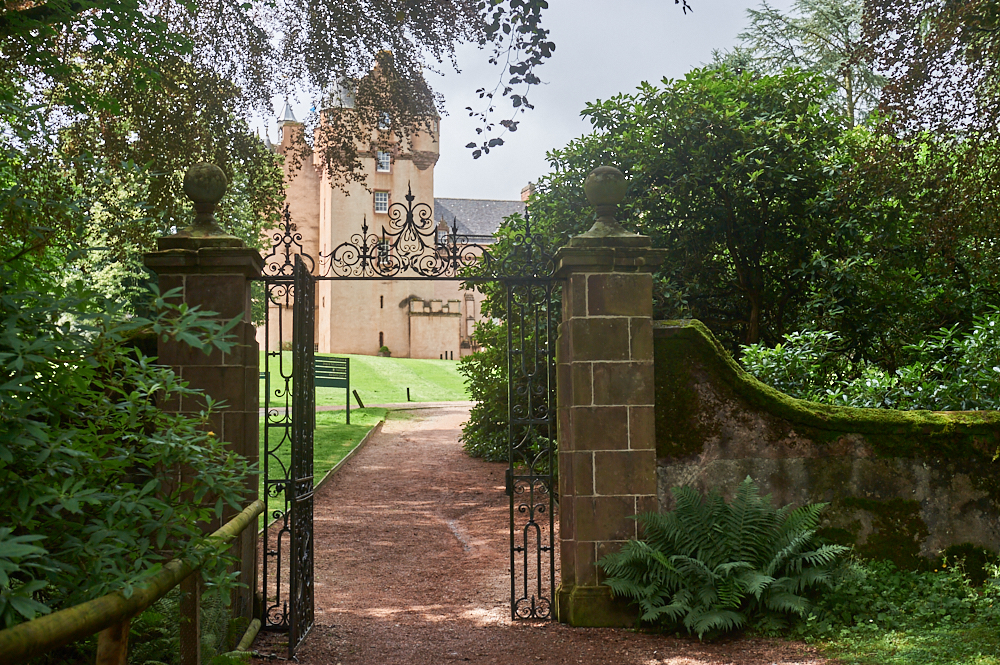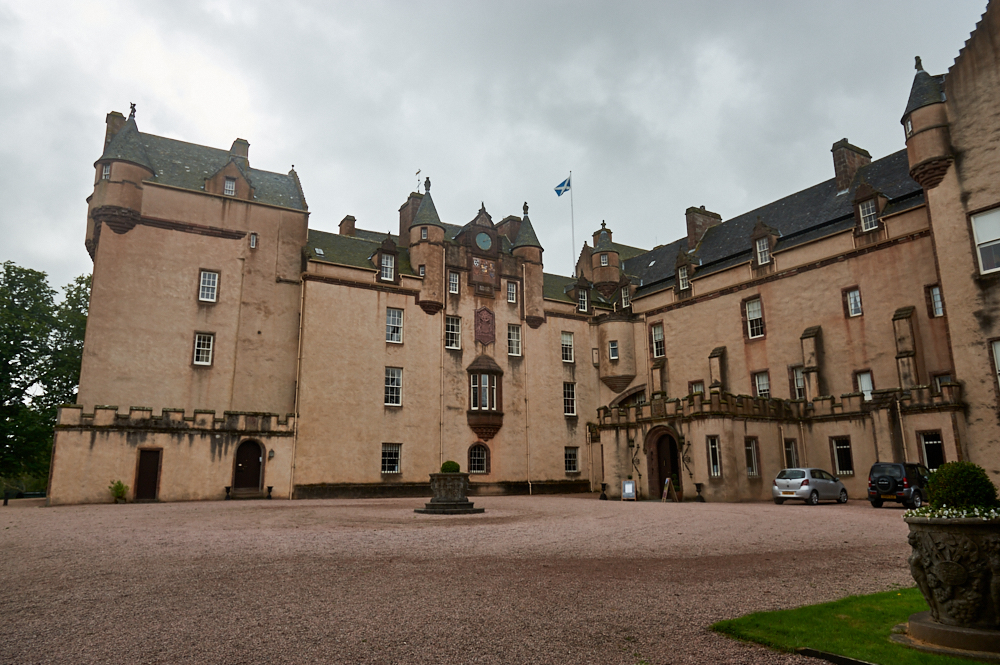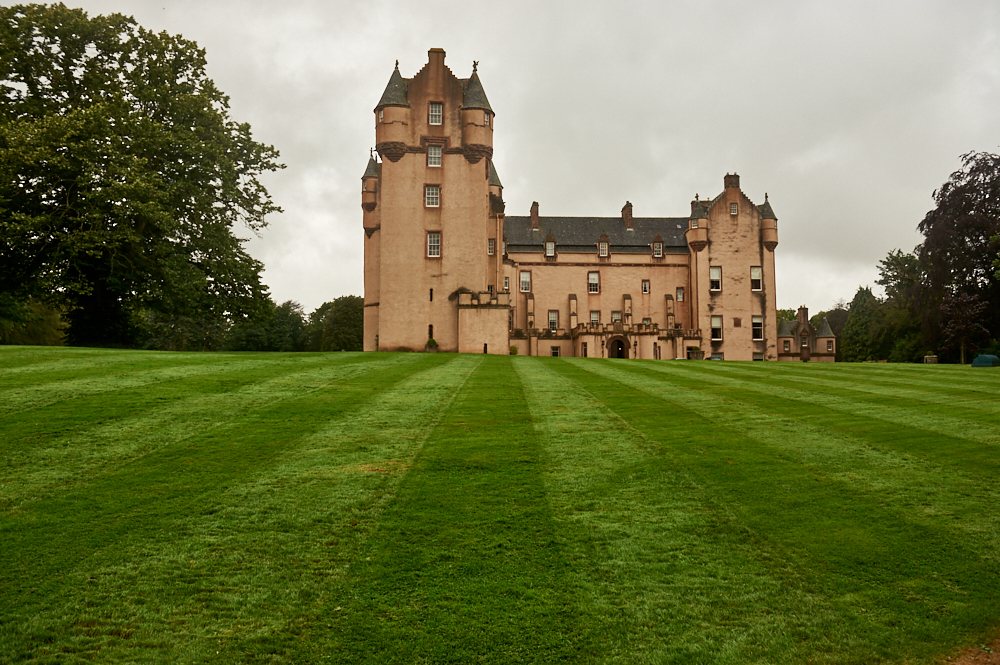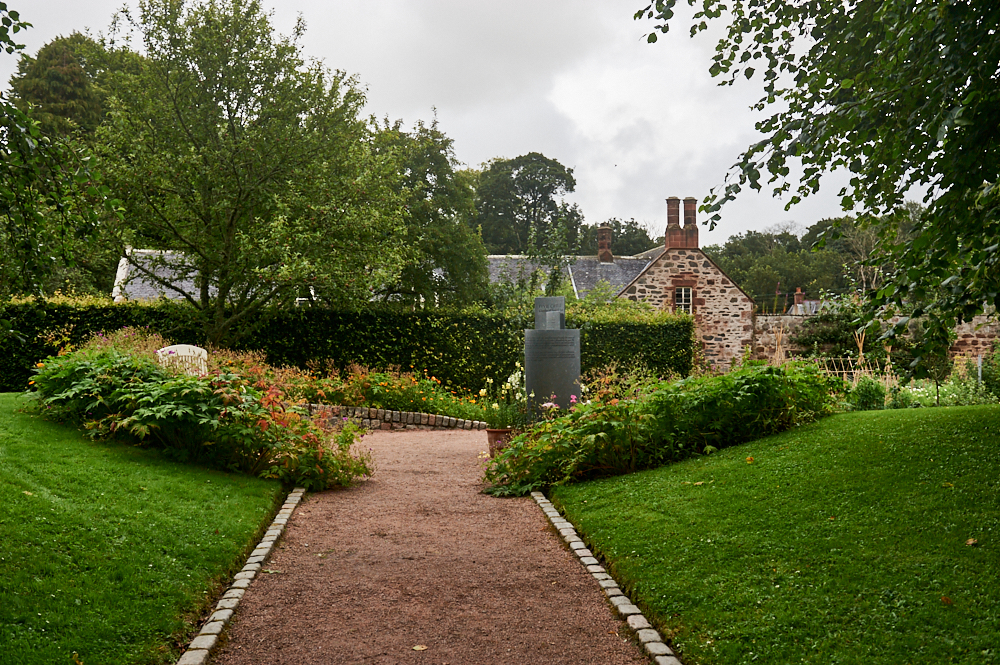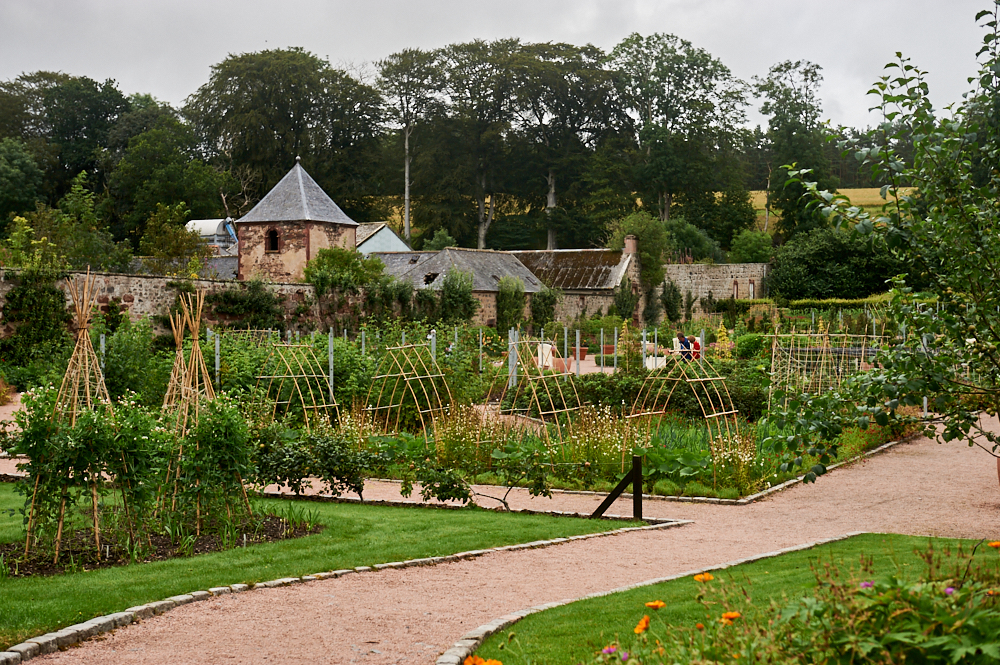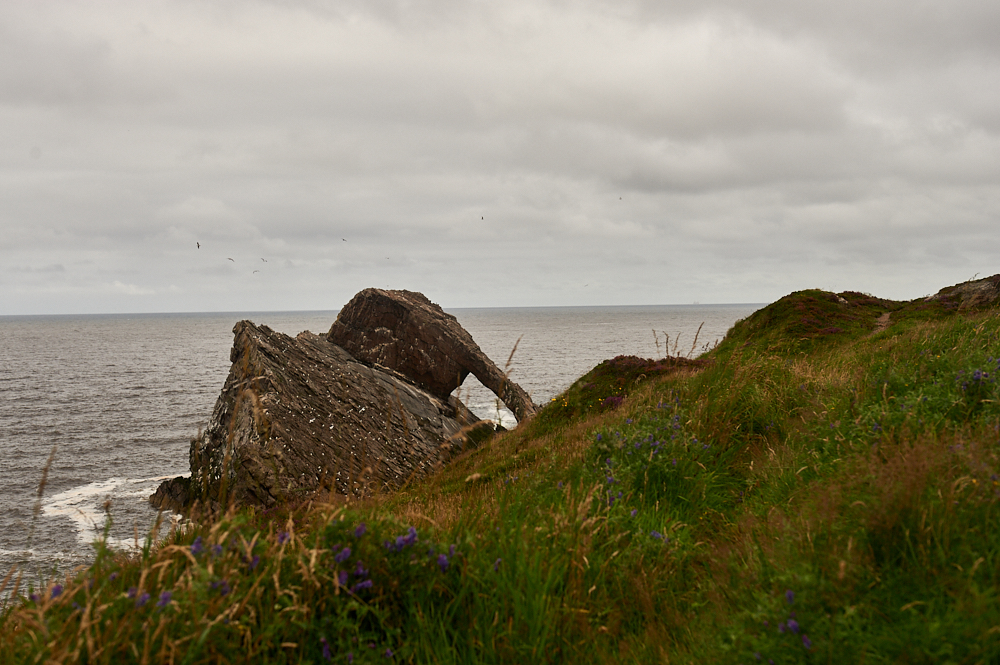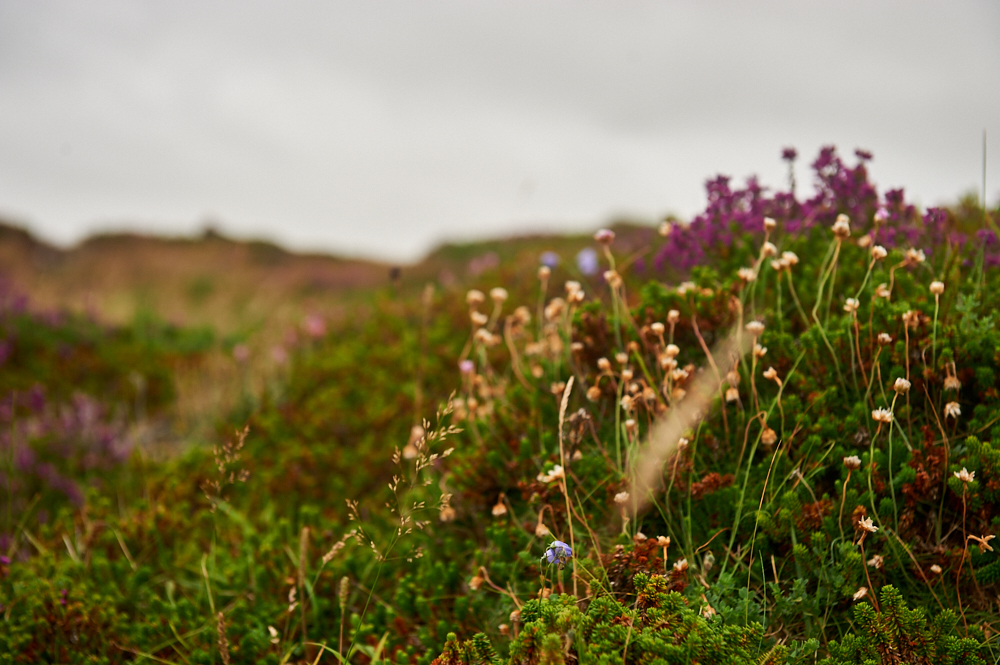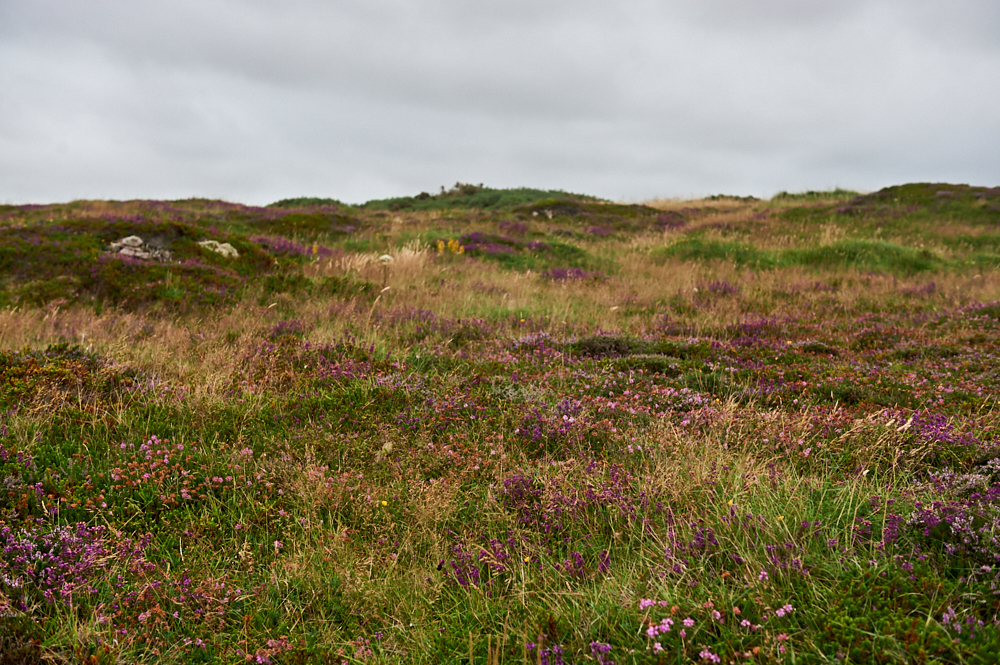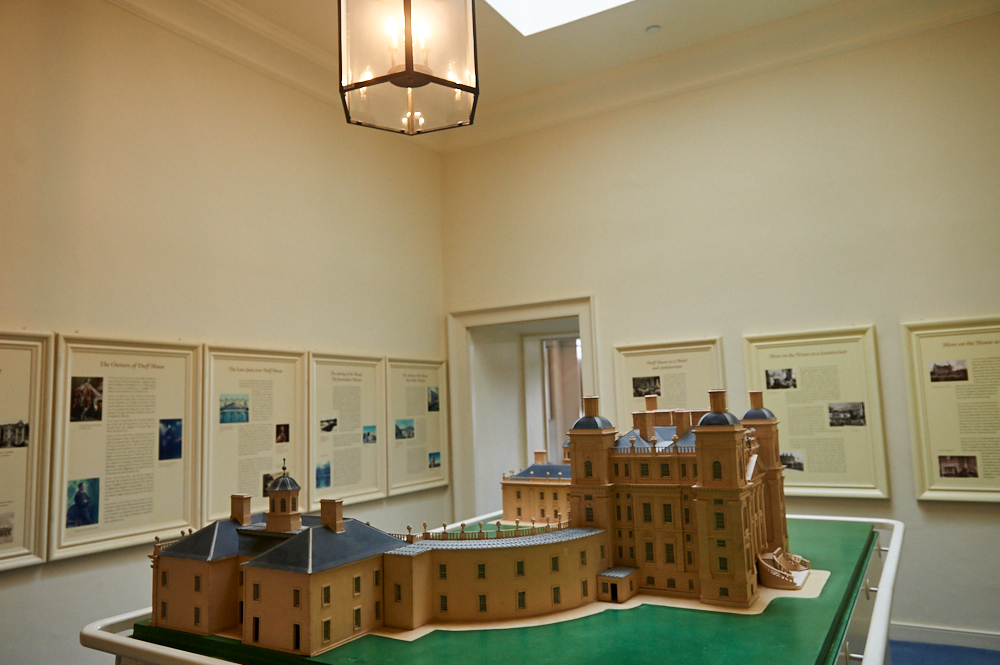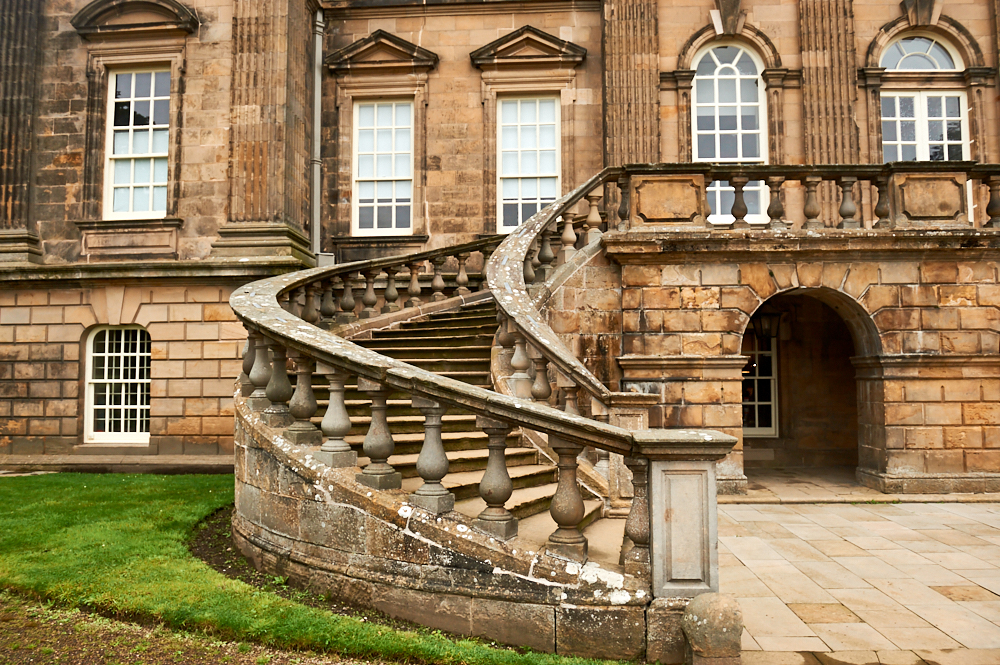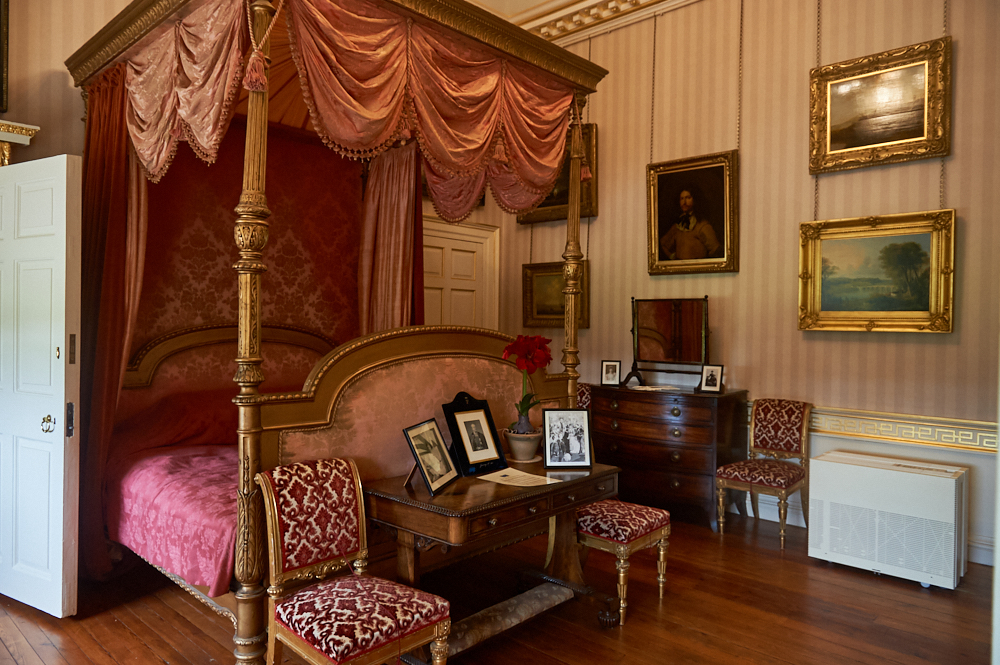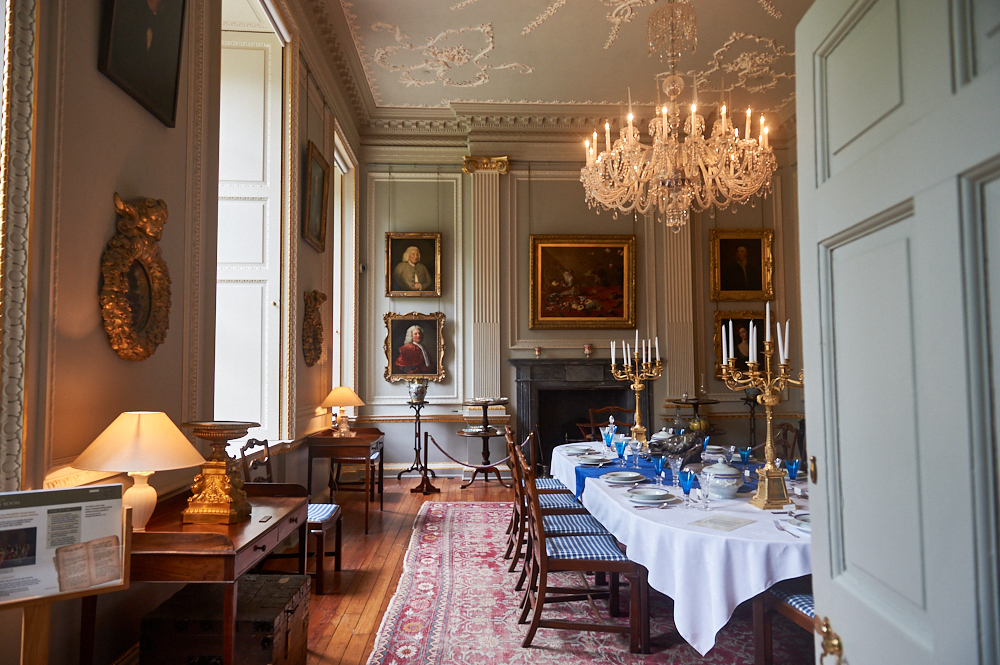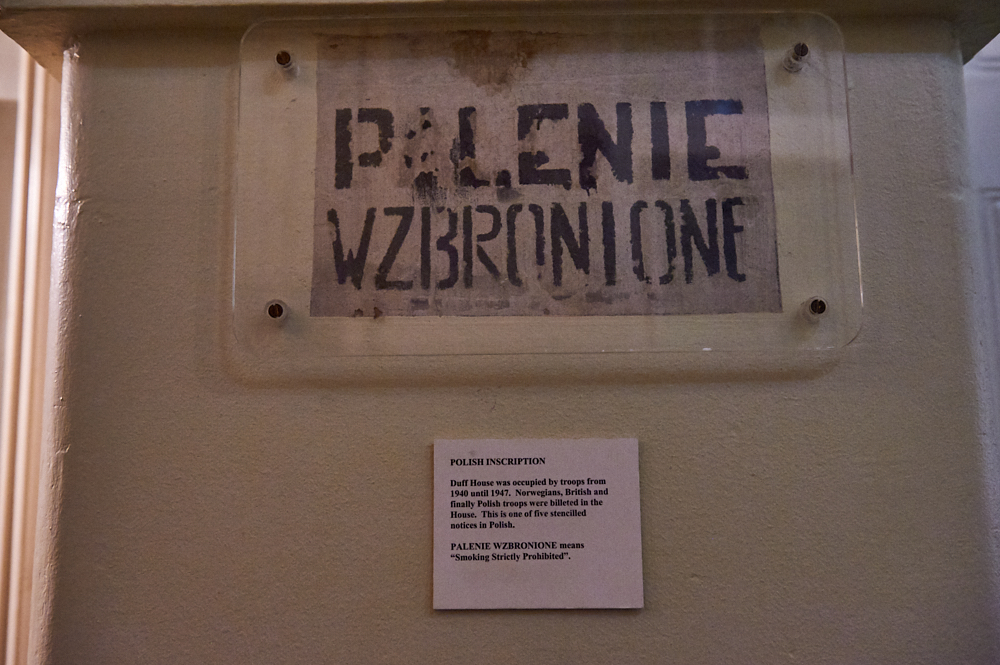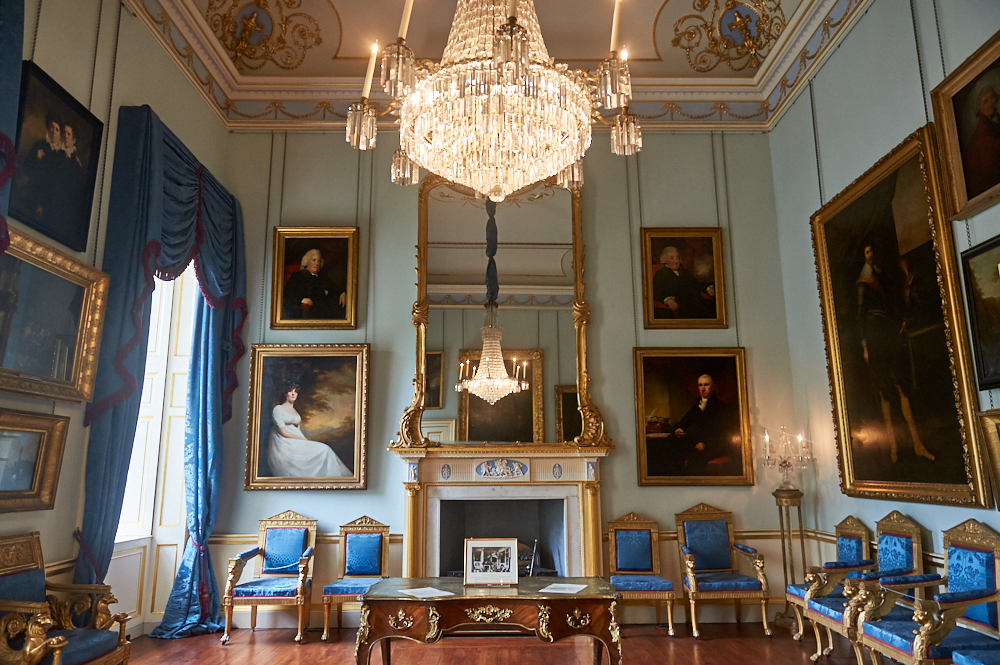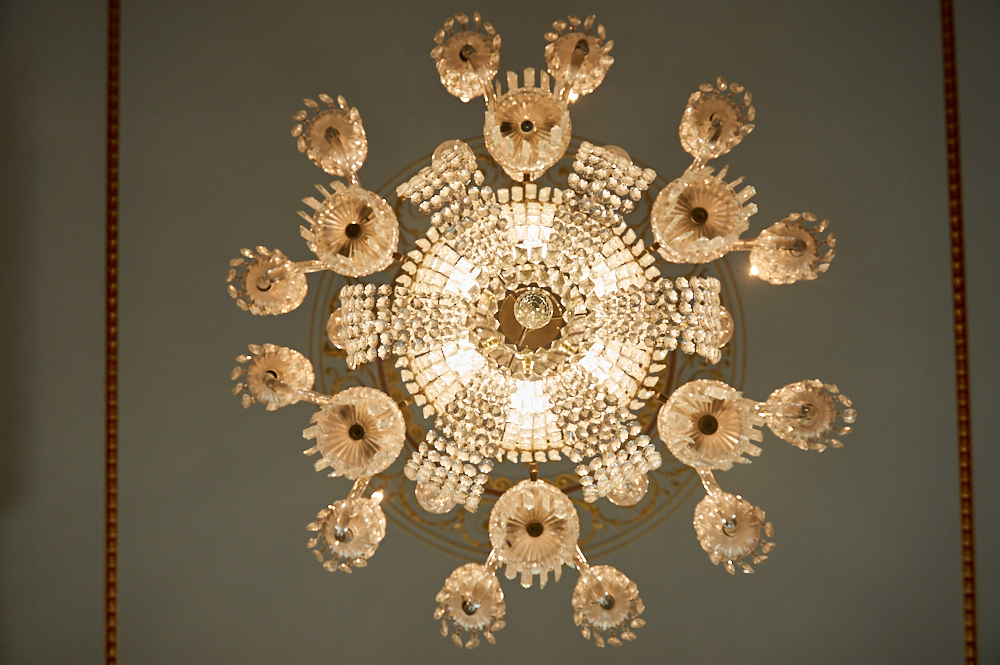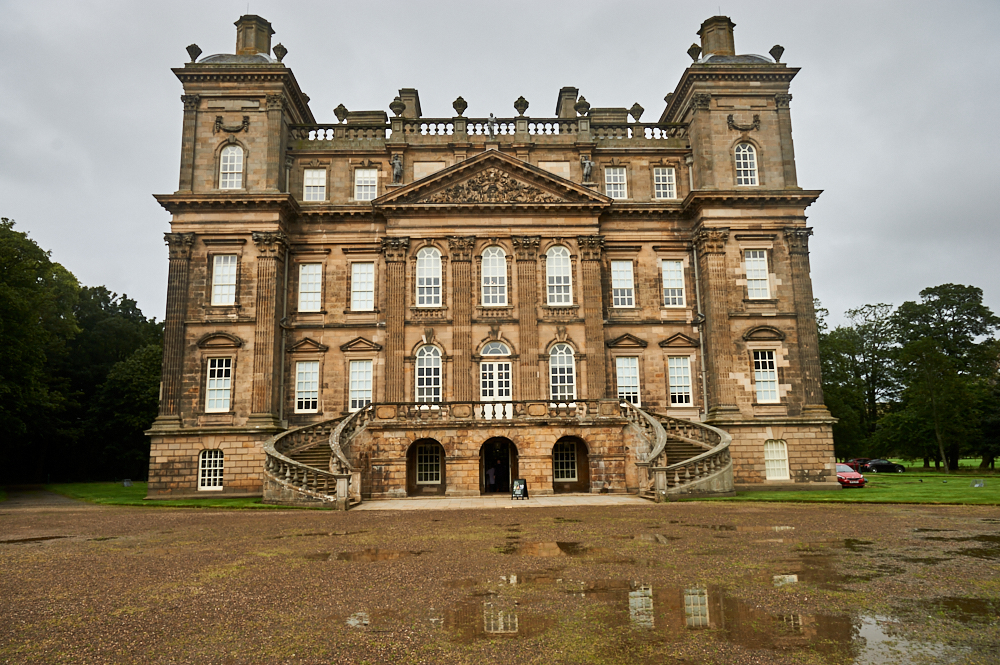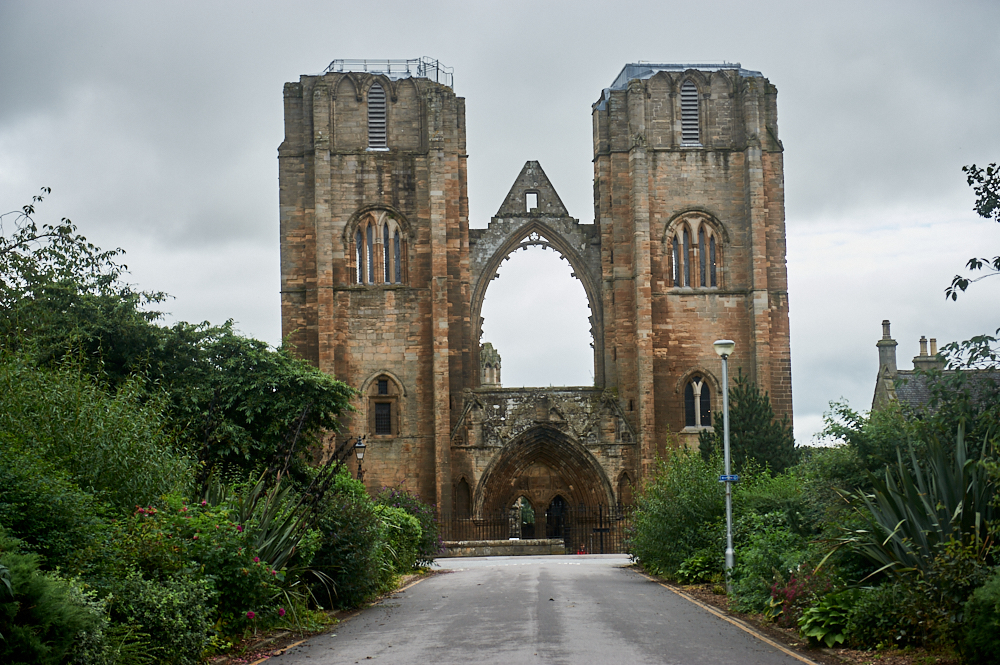
Even as ruin the Cathedral of Elgin is one impressive sight, no wonder it is called the “Lantern of the North”. The Cathedral is said to be one of Scotland´s most ambitious and beautiful medieval buildings.
Established in 1224 just outside the burgh of Elgin and next to the River Lossie, Elgin Cathedral replaced the Cathedral at Spydie about 2miles north.
The monumentally impressive building dominated the flat and fertile Laich of Moray from the time it was built. It continued to do so even after its demise at the Protestant Reformation of 1560.
Work began on the cathedral in the first half of the 1200s, but it is the product of three main building phases. Even as a ruin, the cathedral still boasts plenty of detail that tells of its development and embellishment. (Historic Enviroment Scotland)
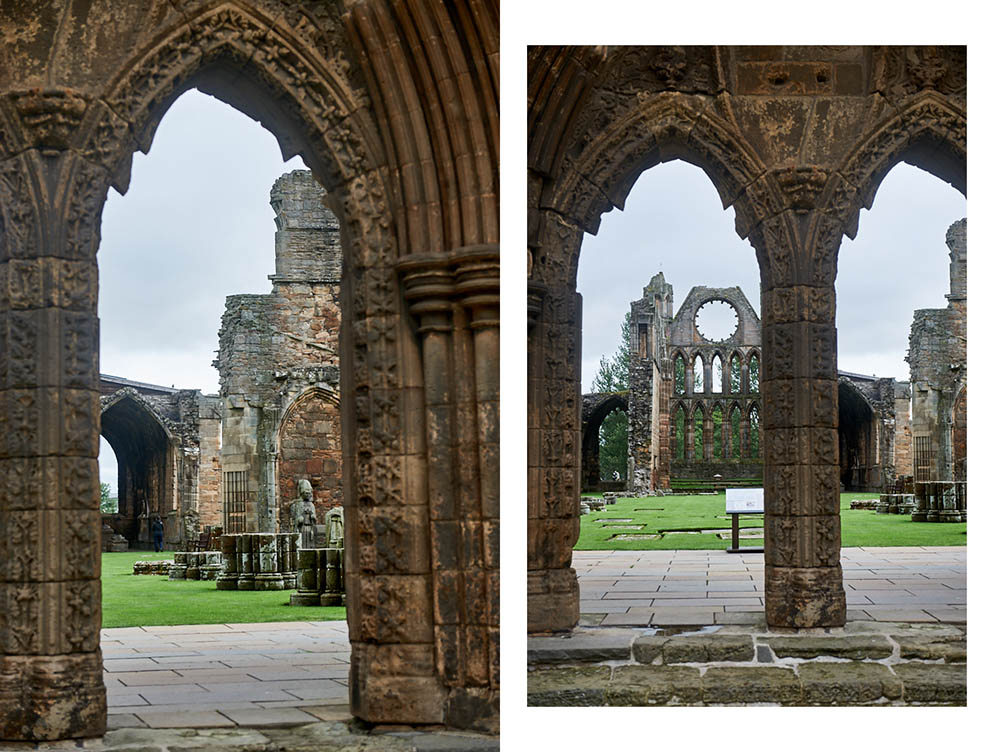
After a damaging fire in 1270, the new building became way bigger than the first church but suffered again after another fire in 1390 following an attack of Alexander Stewart also known as the Wolf of Badenoch.
The destruction was followed by a programme of repair and reconstruction that lasted intermittently through the following two hundred years. Further work was needed following the collapse of the central tower in 1506, and the west front and chapter house received facelifts at around the same time. (Undiscovered Scotland)
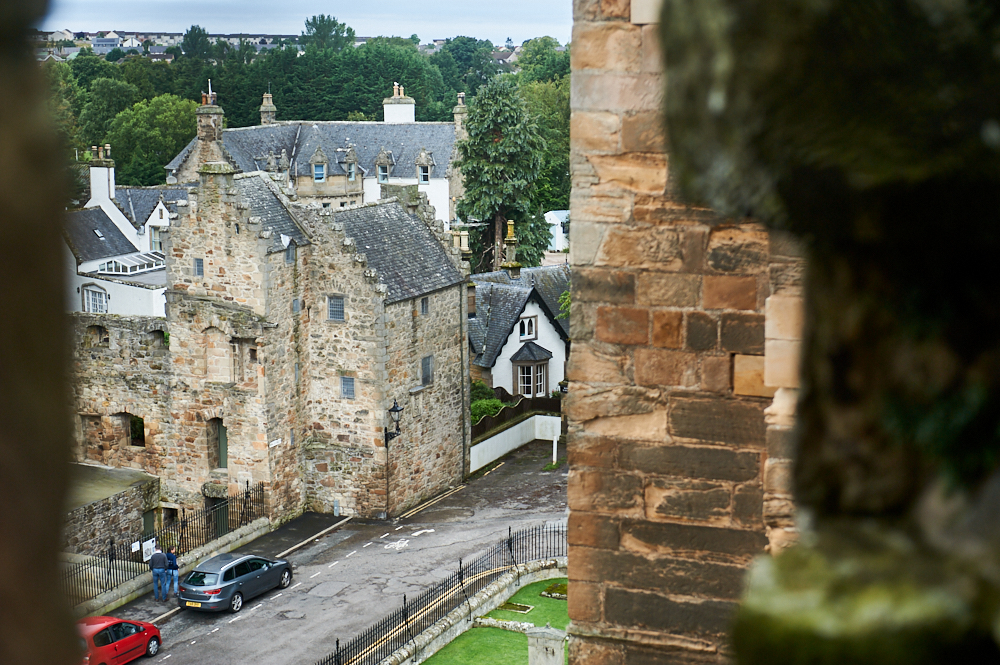
Elgin Cathedral finally fell victim to the Reformation of 1560 when the parish of St. Gilles in Elgin became the new main church.
But the greatest single disaster was the collapse of the central tower in 1711, taking with it the greater portion of the nave. The only part of the structure kept in reasonable order from that time was the chapter house, which was used as a meeting room for the Elgin tradesfolk. (Undiscovered Scotland)
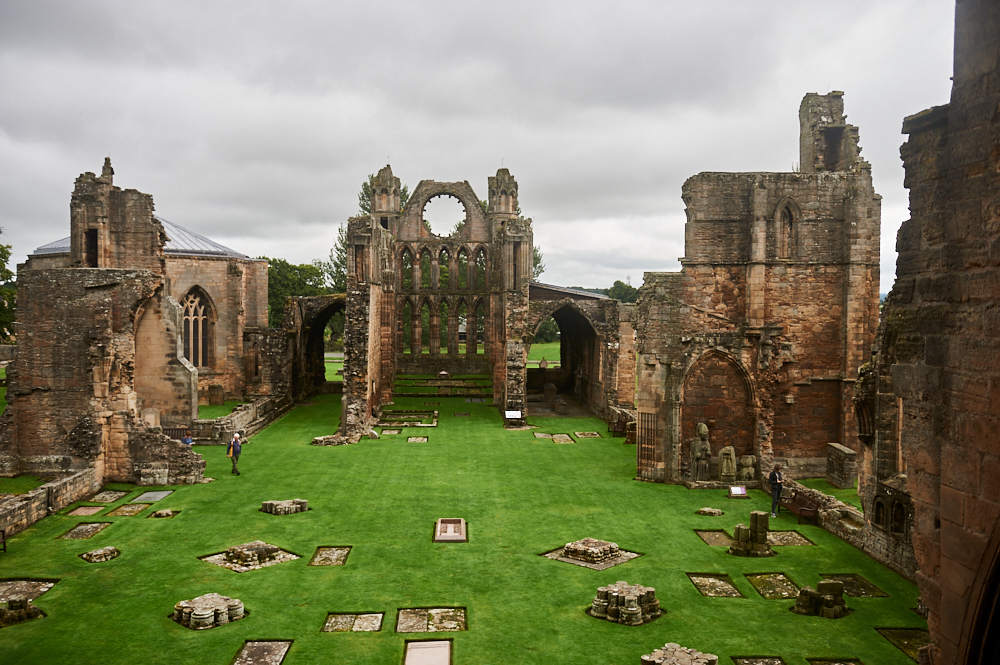
Conserving Elgin Cathedral
It was not until the early 1800s that any effort was made to halt further decay. In 1807, John Shanks, a drouthy cobbler was appointed keeper of the cathedral and his single-handed efforts to clear the collapsed masonry led to the preparation of a report seeking to highlight the steps required to stabilise the ruin and improve the cathedral grounds. The resulting project was a joint venture between the Office of Works and the Burgh Council. Shanks’ personal reward was an increase in salary. (Undiscovered Scotland)
During the 1930ies further maintenance work followed including a new roof to protect the vaulted ceiling of the south choir aisle. From 1960 on new windows were fitted in the chapterhouse and sandstone replaced. In the late 20ies century, the two towers were overhauled and a viewing platform installed.
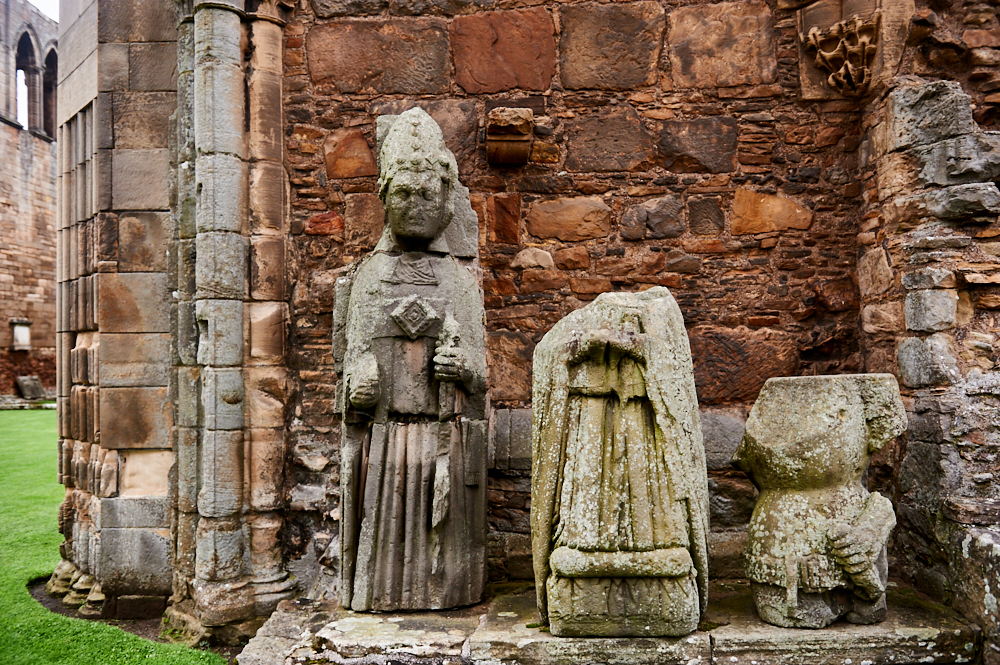
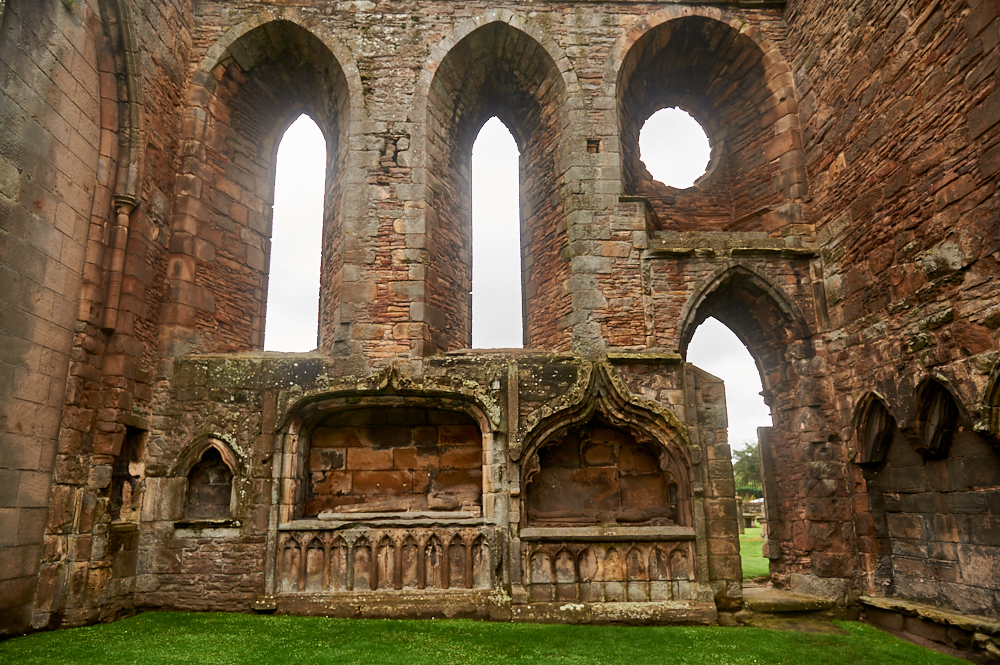
Today one of the two towers houses a stone exhibition. But also on the ground, there is lots to see and explore.


Elgin is one of the bigger towns in the area, it is the commercial and administrative centre for Moray.
